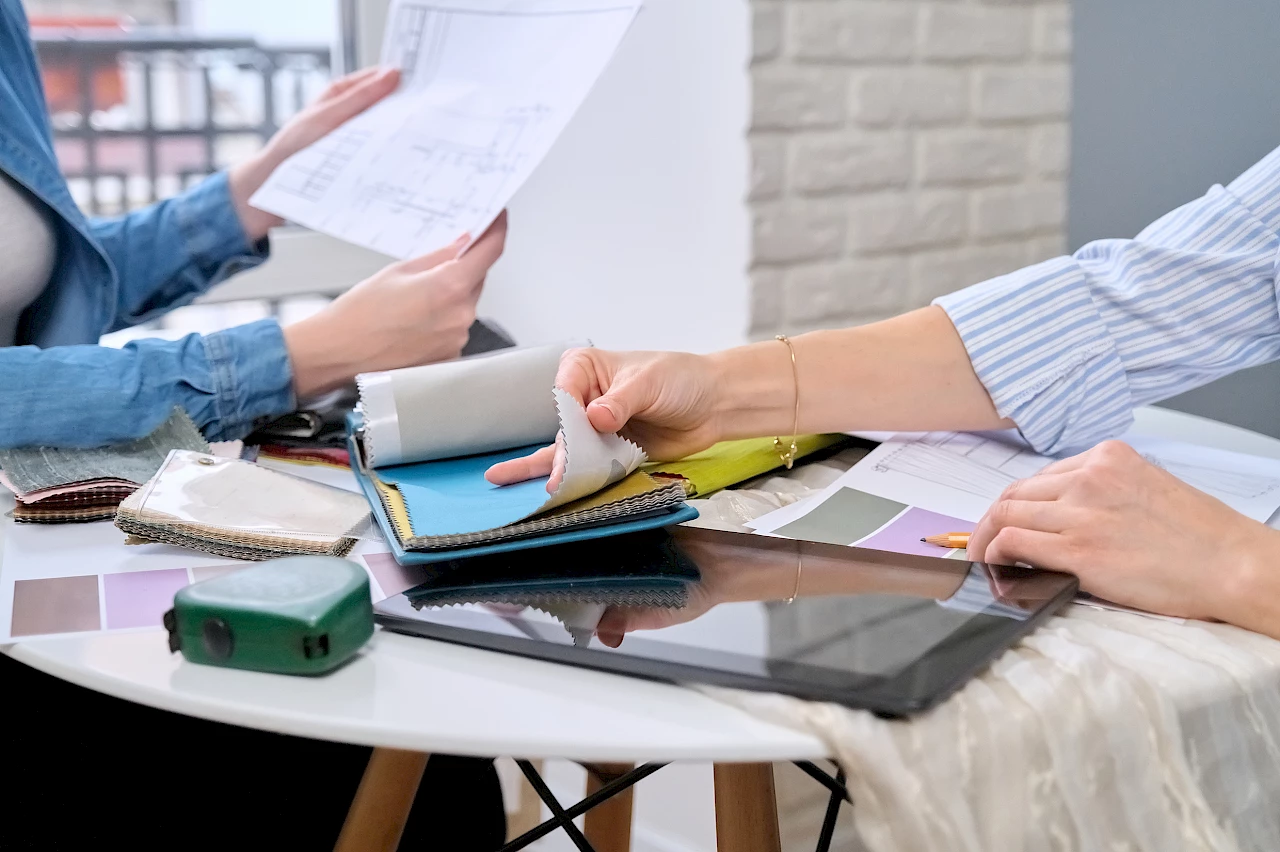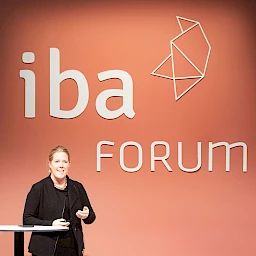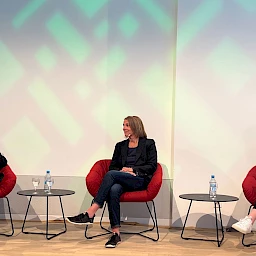Many different factors determine the perceived attractiveness of an office as a place to work: the functionality of spaces, the people who are encountered there, opportunities for individual choice and, last but not least, the “feel-good factor”. In order to fulfil users’ needs and improve the occupancy of office spaces, companies are increasingly relying on co-creation. In the following three case studies, you can see what kind of work environments are created when employees are systematically included in the design process:
Co-creation teams at Spotify
Choice is key. The Spotify streaming service allows its employees to decide for themselves where they’d like to work. In order to make sure that employees will continue to enjoy the social experiences associated with office work, they are included early on in the process of developing spatial concepts. The goal of all these projects is to focus on the users as strongly as possible and make the corporate culture of Spotify something that people can directly experience. Sonya Simmonds, the head of Workplace Innovation & Design at Spotify, and her team act as facilitators supporting the design process. The basis of all spatial concepts is a clear strategy that has been coordinated with in-house teams and representatives of other interests. In the co-creation process, Spotify brings together representative groups from the entire company at a maximum of three meetings and assigns them areas of influence to design on their own responsibility. Spotify appreciates the diversity of the co-creation teams, and during the process it makes sure that individual roles are clearly defined and that there is continuous communication both inwards and outwards.
The Spotify office in Berlin occupies two floors of a listed building in the historic city centre. The office features attractive rooms that promote conversation, cooperation and identification with the company. In addition to flexible workstations and zones for concentrated work, the Spotify team members can meet to share ideas in various conference rooms. Numerous areas enable employees to have spontaneous conversations and engage in dynamic work. The centrepiece of the office is the Spotify Hall, a two-storey atrium with a glass roof. Informal meetings and workshops are held here during daily work at the office, and on special occasions it’s also used as the setting for events attended by hundreds of participants.
Cooperative design as a success factor at Dräger Global IT
Right from the start, the Dräger company, which is based in Lübeck, actively included its workforce in the process of designing its new office areas, which are known as the “Heimathafen”, or “home port”. As a result, the needs, experiences and ideas of the employees shaped the basic concept that underlies the new office areas. The first step was to determine how the employees wanted to work together in the future — and what the teams needed in order to work together well. Taking an evolutionary approach, the Corporate Real Estate department tried out individual solutions again and again and adapted them as necessary. The relocation team informed everyone involved about the intermediate stages of the process, displayed draft designs and provided people with furniture they could test. An ambassador concept was used to gather feedback and wishes from the teams; these were then taken into account in the subsequent stages of the design process. In addition, regular meetings were held with the works council in order to resolve individual issues.
The Heimathafen now occupies an entire floor measuring approximately 2,000 square meters. In addition, there’s a supplementary area called the “Marina” with 162 basic workstations. There are also numerous project and meeting rooms, sound-insulated cubicles for concentrated individual work, a small library and open collaboration areas for spontaneous cooperation. The company no longer has any personal offices or workstations; instead, employees can freely choose the surroundings they want to work in according to the “activity-based working” model.
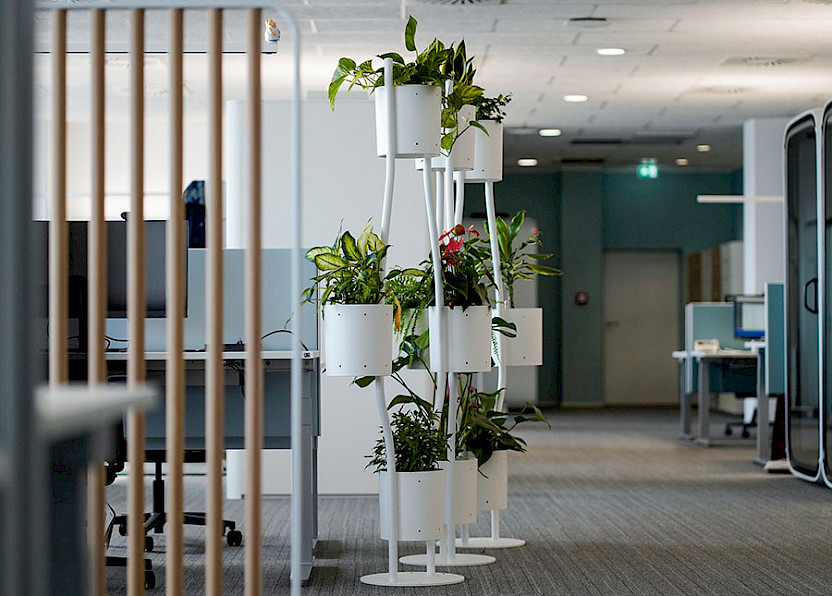

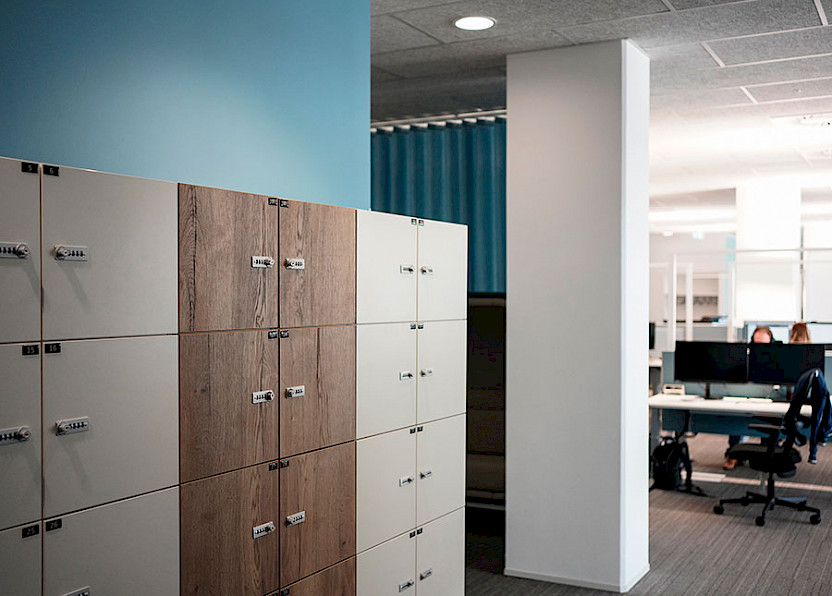
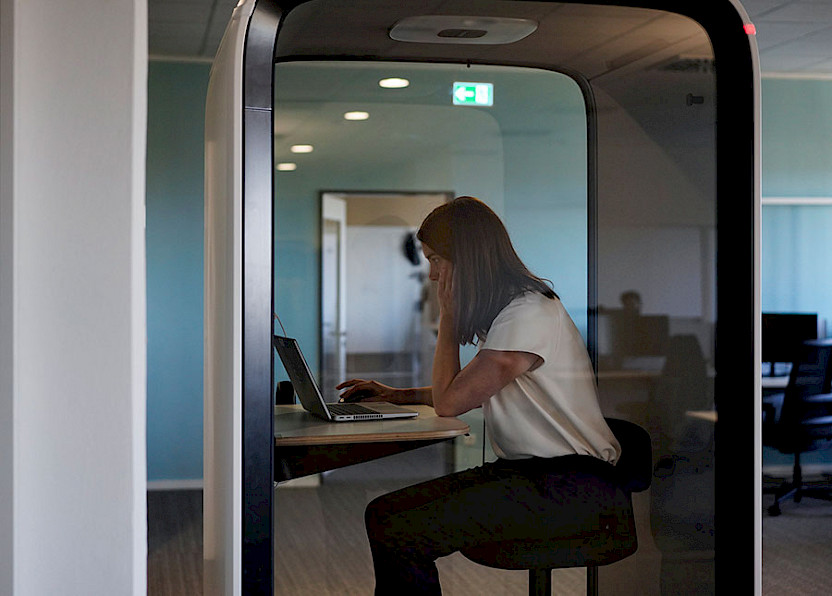


At Unilever, office design is in the employees’ hands
implemented an office design process that lies in the employees’ hands and includes not only the design of office areas but also concepts underlying a new culture of work. More than 60 people from various parts of the company participated in several working groups to design the new office areas. The design teams were completely responsible for their budgets and also had a high level of decision-making and implementation authority. The aim of also reducing the company’s carbon footprint in the area of employee catering is now being achieved in the in-house café by serving organic food and using environmentally friendly packaging.
The Unilever building, which has eight floors with a total of 6,500 square meters of floor space, has room for 700 employees. In order to ensure the employees’ work environment is as productive as possible, the spatial design was systematically optimized. More than 1,000 plants and 150 square meters of walls covered with moss provide a healthy indoor climate, along with 70 pieces of sports equipment and a dynamic lighting system that is attuned to human biorhythms. The central focus of the office concept is on the maximum adaptability of the work environments. This is achieved through modern technology that enables employees to work in the office as well as in virtual spaces, open and flexibly usable work zones of different sizes for creative cooperation, and quiet and undisturbed retreat areas.
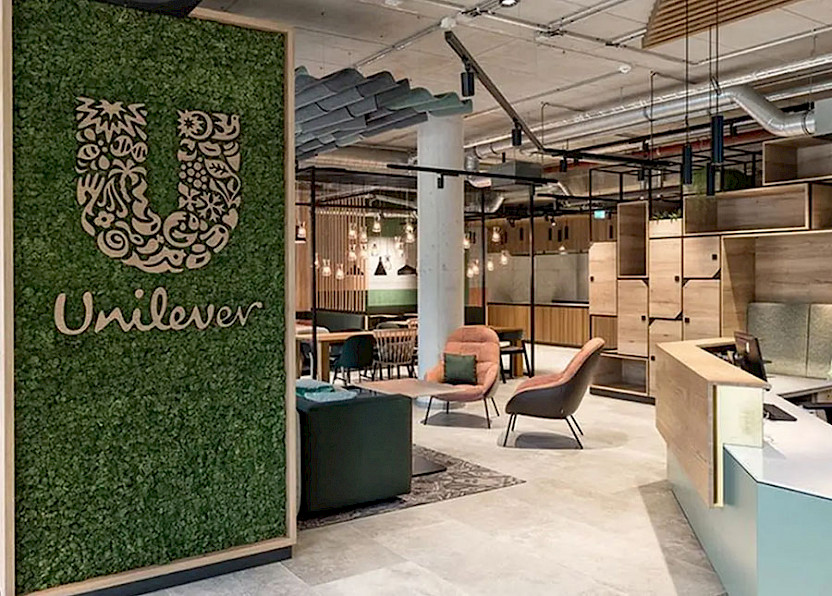
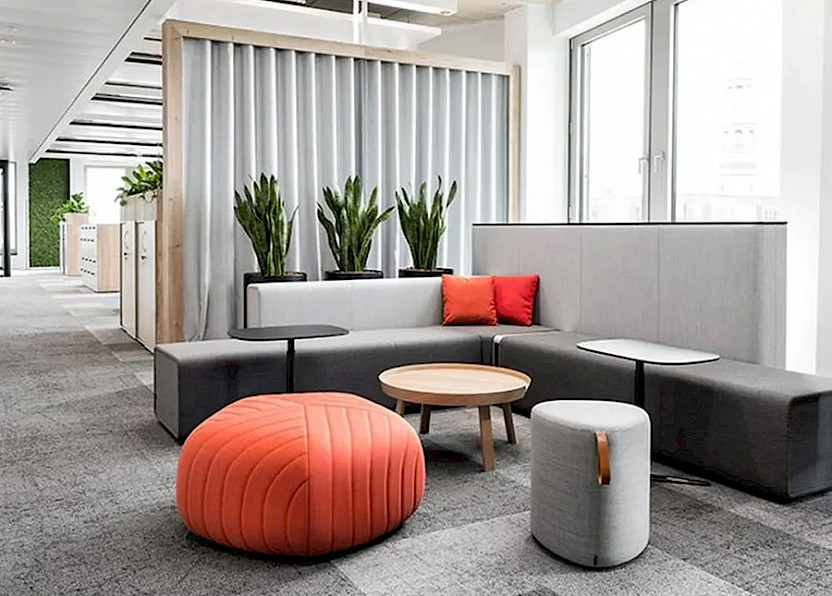

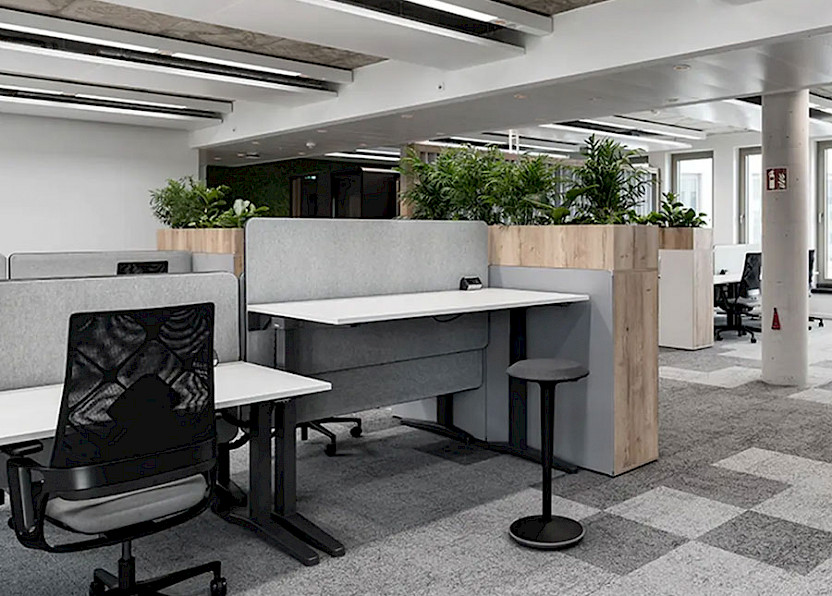
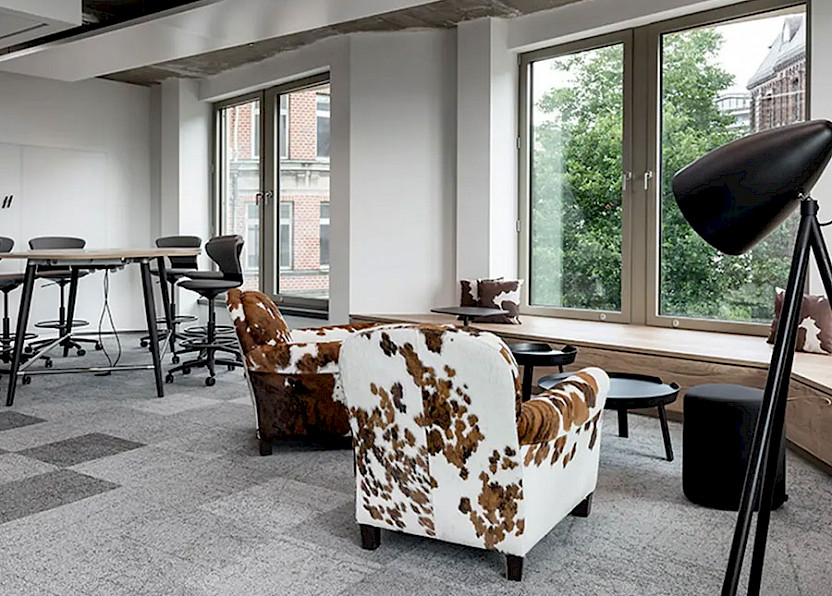
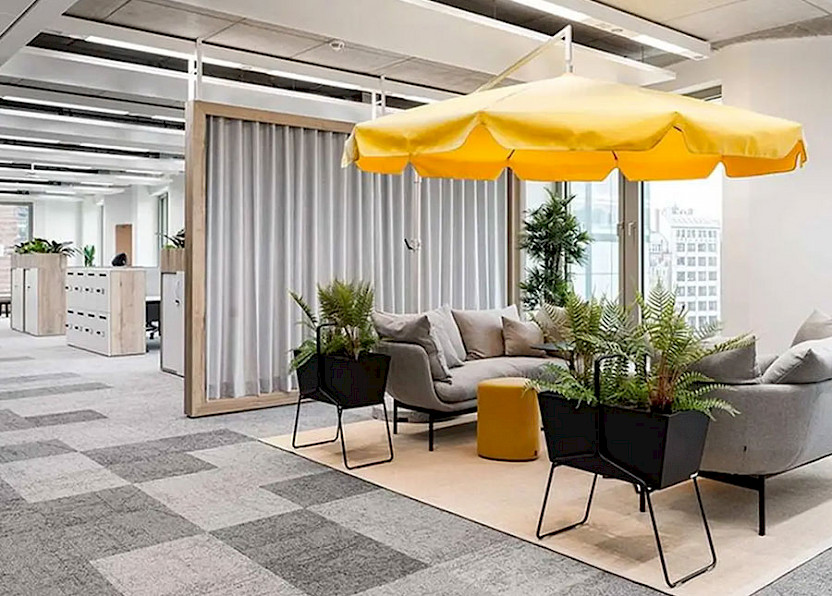
10 co-creation tips for companies:
- Involve your workforce in the design process early on and systematically.
- When you put together the design teams, make sure there is a certain amount of diversity, which makes it possible to see things from a changed perspective.
- Ideally, have external experts conduct and evaluate surveys, workshops and interviews with the employees. That will result in more valid results.
- Define co-creation teams that focus on designing the workplace and include employees’ ideas and suggestions in the planning.
- Offer opportunities to give feedback and hold discussions so that the employees can share their ideas and concerns regarding the design of their workplace.
- Have trained professionals support the design process.
- Make sure there is flexibility in the workplace design so that the various requirements and needs of the employees are met.
- Regard the workplace design as a continuous process, and take employees’ feedback into account even after the spatial design has been finalized.
- Make sure that the employees are regularly informed about the progress of the planning process.
- Share information with other companies and learn about their experiences with co-creation.



